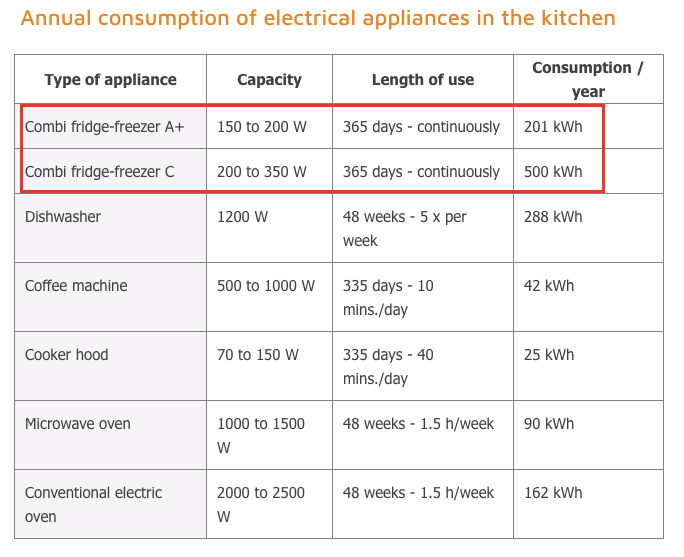The ancient forests of the earth have been ravaged by the people of the 20thand 21st centuries, as manufacturers everywhere respond to huge public demand for products made from wood in the only way they know how: by supplying it.
There may be only around 8% of our world’s forests that are actually protected, and some of the protections are far from adequate. Illegal logging practices feed the industries and destroy the forests; with that comes the destruction of indigenous cultures, and endangered animals.
There are ways to ensure that the wooden dining tables or coffee tables that you use to furnish your home are from eco-friendly sources, but my favourite three ways are to use reclaimed wood, sustainable forestry, or organically grown wood.
Reclaim it
Reclaimed timber is wood from trees cut down many years ago, being used for something else – maybe for construction, as the beams for a building – and then, when the building was pulled down, the wood was sold to a company that made furniture out of it.
Sustainable forestry
You might think that sustainable wood could only be softwood; the fast growing pines and bamboo, for example. However, with careful forestry management, complemented by reams of paperwork (I would presume this to be computer work, because otherwise there’s a terrible irony in there) it is possible for hardwood-producing timber companies to earn Forest Stewardship Council (FSC) certification. If a furniture retailer doesn’t state that the hardwoods used in manufacture are FSC-certified, I would ask you not to buy it.
Organic furniture
Just as with organic food, the furniture that goes by this name contains nothing artificial, is chemical-free, and the source is sustainable. The woods used (and the fabric upholstery) are not treated with pesticides or other harmful elements, so if you have sensitive skin and allergies, it might be just what you need to buy.
How to make the distinction between good wood and bad?
The first thing you have to look for is wood that is certified by the FSC, which is an international organisation that was set up to ensure the promotion of responsible stewardship of forests; they monitor every stage of the processing of the timber. The FSC doesn’t allow forest land to be converted to another use, it doesn’t allow the use of harmful pesticides that destroy the ecosystems, and it prohibits GM trees from being cultivated. All good. It also looks at social, industry, and environmental interests, trying to balance everything out.
There are other certification schemes sponsored by reputable organisations, such as the Rainforest Alliance, but if you’re not sure about whether or not the certification is a genuine one (i.e. if you’ve never heard of the certifying organisation), I would suggest you don’t buy it.
Some companies make it their business to use only sustainable products, like Ercol, a British-based furniture designer and manufacturer. Read up on these types of companies, and buy from them where possible (Ercol can be found at Furniture Village, by the way)
It’s generally best to avoid tropical hardwoods, like mahogany and teak, and American cedar, Douglas fir, and redwoods, because these will have come from ancient forests and can never be replaced.





